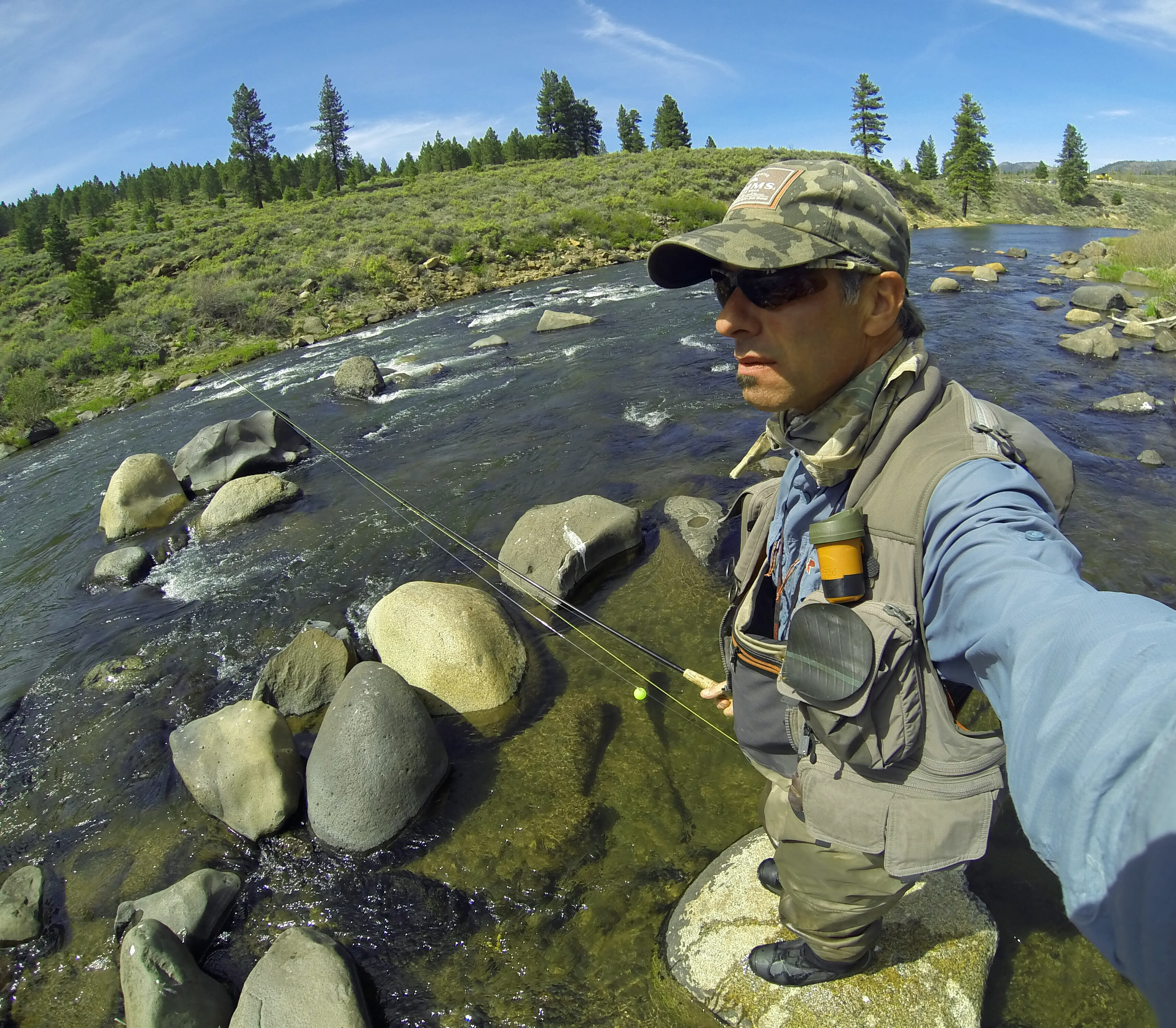John Baiocchi, on one of his home waters, the Truckee River.
By Sam Davidson
Jon Baiocchi, longtime advocate for trout waters in the Golden State and newly minted board member of Trout Unlimited’s Truckee River Chapter, is known as one of the best fly fishing guides in northern California. His thoughtful takes on fishing, a life outdoors and conservation ethics are a staple of fly fishing print and social media here.
But you might not have guessed he would end up an esteemed ambassador for the “sport of kings,” given how he started his career. That is because his first real job was being a hellman.
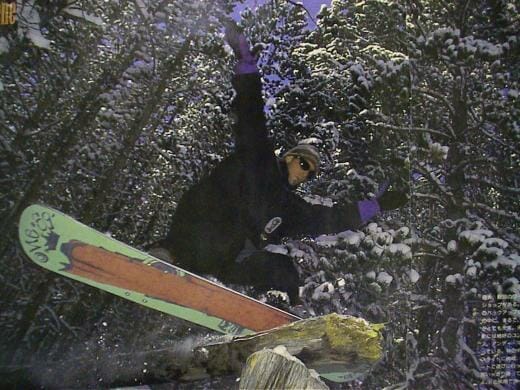 alt=”” title=”” />In the late 1970s and 1980s, Baiocchi literally rode the new wave of outdoor adventure sports that swept across America. In the early days of the snowboard revolution, Baiocchi emerged as one of the best and spent nearly a decade as a pro, earning a spot in the World Championships in 1984 and 1988, where he placed 14th. He had his own signature board model and was featured in froth-inducing movies. And in the off-season he didn’t settle down—instead, he went more aggro. He doubled down on his childhood love of dirt bikes and had a successful run as an amateur motocross rider, parlaying that skillset into a three year stint as general manager of Nevada Motocross Development and racing all over the West.
alt=”” title=”” />In the late 1970s and 1980s, Baiocchi literally rode the new wave of outdoor adventure sports that swept across America. In the early days of the snowboard revolution, Baiocchi emerged as one of the best and spent nearly a decade as a pro, earning a spot in the World Championships in 1984 and 1988, where he placed 14th. He had his own signature board model and was featured in froth-inducing movies. And in the off-season he didn’t settle down—instead, he went more aggro. He doubled down on his childhood love of dirt bikes and had a successful run as an amateur motocross rider, parlaying that skillset into a three year stint as general manager of Nevada Motocross Development and racing all over the West.
Eventually, the allure of his home waters in the Feather and Yuba River watersheds called him back, and for the past 20 years Baiocchi has been working as a fly fishing guide. He owns Baiocchi’s Troutfitters and specializes in the fabled trout waters of the northern Sierra, including Lake Davis, the Middle Fork Feather River and the North Fork and Lower Yuba River. He also guides on waters currently stewarded by Truckee River TU, namely the blue ribbon wild trout fisheries of the mainstem Truckee and Little Truckee Rivers.
Like many of us, Jon’s values and fishing prowess were heavily influenced by his father. But few fathers have left such a large and enduring imprint on the fishing world as Bob Baiocchi. Bob, who passed away in 2013, was not only a prominent angler and fly tier but also a key figure in the vanguard of stream conservation in California who worked for more than 30 years to improve habitat conditions for trout and salmon. He founded the group California Fisheries and Water Unlimited, served as officer and director for multiple fish advocacy groups, and consulted with dozens of others. His fingerprints are all over conservation efforts on the Sacramento, Feather, Fall, Eel, Santa Yñez, Pit, Truckee, Navarro, Mokelumne, Carmel, and Napa rivers, to name but a few. He also worked to protect stillwaters such as Lake Oroville, Lake Davis, and Eagle Lake. Bob was inducted into the Federation of Fly Fishers Hall of Fame in 1999.
From the December 2013 issue of California Fly Fisher, in “The Good Fight” column by Tom Martens: “The hallmark of Bob’s legacy was his tireless work fighting for water rights issues and opposing fish damaging stream diversions, dam construction, and dam operations.
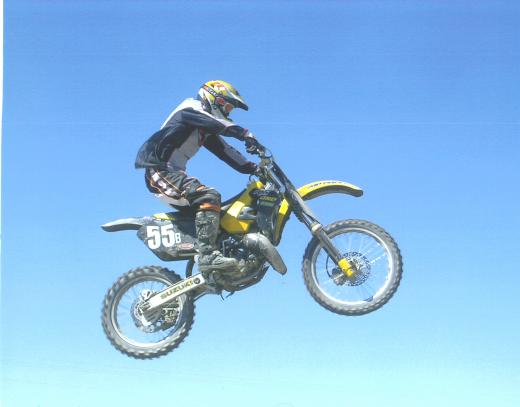 alt=”” title=”” />’I can think of no single individual who has had a greater impact on California water than Bob,’ said Charles Rich, a retired chief in the Division of Water Rights for the State Water Resources Control Board, who worked with Bob for decades on water issues. ‘Bob served as the collective conscience for the people of California and refused to allow the body politic to sweep fishery issues under the rug.'”
alt=”” title=”” />’I can think of no single individual who has had a greater impact on California water than Bob,’ said Charles Rich, a retired chief in the Division of Water Rights for the State Water Resources Control Board, who worked with Bob for decades on water issues. ‘Bob served as the collective conscience for the people of California and refused to allow the body politic to sweep fishery issues under the rug.'”
It is clear that his dad’s conservation legacy is a source of great pride and inspiration for Jon—and that he feels he has a duty to carry it forward.
SD: Talk a little about when and where you started fishing.
JB: My dad moved the family up to Paradise, Calif., in 1967 to be closer to prime fly fishing venues. I was two years old at the time and began fishing Lake Oroville when I was 5; my first fish was a five pound coho salmon. At age 7, I began fly fishing with Dad on the North and West Forks of the Feather River, and small tributaries in the area. It was at that time that the seed was planted for fly fishing, conservation and a passion for the great outdoors.
SD: What do you consider your “home waters”? What makes them special?
JB: I consider my “home” fisheries to include all branches of the Feather River, the Truckee River, Lake Davis, the upper Sacramento, and a few tributaries such as Yellow Creek and Deer Creek. It’s these waters where I learned to hone the craft of fly fishing. I would also include the Lower Yuba River as my winter “home” fishery. These waters are special to me because they are the ones that my dad shared with me. Even though he is gone, I still feel his presence when I’m on those waters fishing or guiding.
SD: Your father was ahead of his time in terms of fighting to keep water in rivers for fish, and to protect public access for fishing. How did he get started on that road?
JB: My dad’s first exposure to the misuse of our water was on the West Branch Feather in 1970, where Pacific Gas & Electric was taking almost 100 percent of the water from the river and illegally diverting it. There were stranded wild fish at his feet which sparked an outrage and a 43-year fight in the name of native fish, macroinvertebrates and their habitat. He learned the administrative process of law, and the Public Trust doctrine, taking [these tools] to the next level of fish conservation. He also fought for the right of public use for anglers, he was big on that. The magnitude of the impact he had on California fisheries is overwhelming. He was an amazing man.
SD: Best lessons your dad taught you?
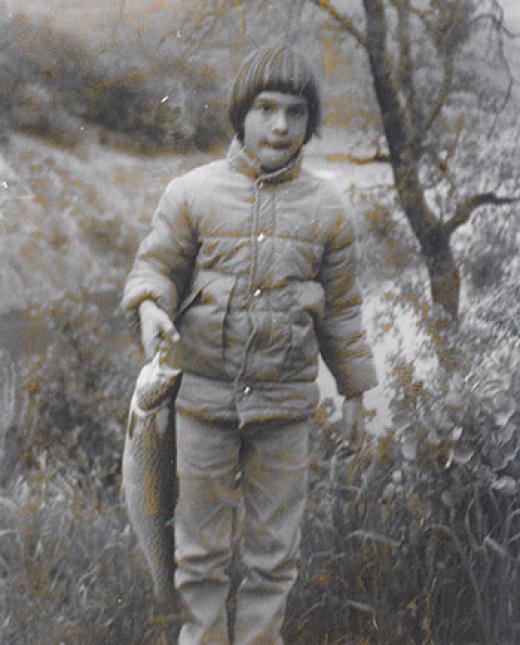 alt=”” title=”” />JB: To respect the environment, practice catch and release, to educate others on conservation, and to share the passion of fly fishing. That’s the legacy he left for me, and one I will honor forever. I was brought up in the great outdoors, where a bond to the natural world was a gift to be cherished. I’m extremely grateful for that.
alt=”” title=”” />JB: To respect the environment, practice catch and release, to educate others on conservation, and to share the passion of fly fishing. That’s the legacy he left for me, and one I will honor forever. I was brought up in the great outdoors, where a bond to the natural world was a gift to be cherished. I’m extremely grateful for that.
SD: What are your top fishing experiences?
My first would be going to Patagonia, where I floated for six days on long trips and never saw another angler, and had one day where I stopped counting at 100 fish—all on the dry fly. Second would be the many trips I took to Montana in the upper Madison River region with my dad. We went 10 years in a row and spent a little over a month each year there. The Madison is my favorite river in the world. Third would be my time in Colorado while I was snowboarding professionally, especially fishing the South Platte River, and many trips down to the San Juan River. Lastly, the never ending experience of fishing my native Northern California, I can never get enough of this special land. Even with the population of this state, I can always find a remote section of canyon water and ply the banks for wild trout.
SD: Worst experience while fishing?
JB: I’ve yet to have one, even on those days when I get skunked. Just being on the water at this point in my life is the needed therapy for me to cope with this crazy world. Fly fishing in general makes me feel so connected to our Mother Earth.
SD: What do you think are the most important issues facing anglers today?
JB: The mismanagement of our watersheds, and the effects of that trickle down to our experience on the water. Loss of habitat is a real concern as well [for] wild salmon, steelhead, and native trout populations. Protecting sensitive watersheds, or ones that see too much pressure or commercial use, we must find a common ground.
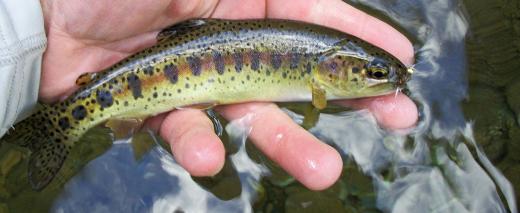 alt=”” title=”” />
alt=”” title=”” />
Wild rainbow trout from the North Fork of the Yuba River.
SD: The recent extreme drought in California, on top of the amount of water diverted from rivers, has caused major impacts to some trout and salmon streams over the past few years. Have you observed these impacts, and have you made any adjustments in your fishing and guiding as a result?
JB: I’ve seen the greatest effects from the drought on the wild and scenic Middle Fork Feather River, which does not receive cooling inflows during the warmer months. Add five golf courses in a 10-mile radius, and you now have a recipe for a degraded environment. I’ve adjusted my fishing and guiding to focus on areas that have sufficient cold water, highly oxygenated wate and good habitat. The upper North Fork Yuba River would be a perfect example.
SD: How do you spread the gospel about good fishing ethics and conservation practices to your clients?
JB: I educate my guests on the proper practices of fly angling to ensure good health for our fisheries—catch and release, proper handling techniques, and overall being good stewards for our flora, fauna, all the components of a watershed. I also encourage them to join local fly clubs, to be active on important issues, and to support their favorite fishery [causes] through membership and donations. There has been a big change in conservation from when my dad started to today. I feel more agencies, organizations, and individuals are coming together to protect and enhance what is left of our environment.
SD: Best all-around fly patterns?
JB: Dry Flies: Craig Mathews Sparkle Dun for mayflies, and Ralph Cutter’s E/C caddis.
Nymphs: Hogan Brown’s S&M nymph, and the flashback Pheasant Tail.
Streamers: John Barr’s Slump Buster, and the Zonker.
Sam Davidson is the communications director for California.



